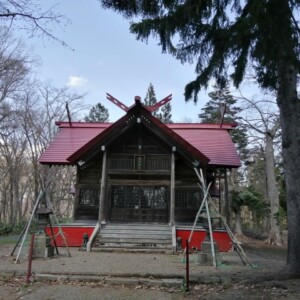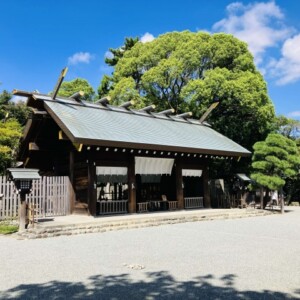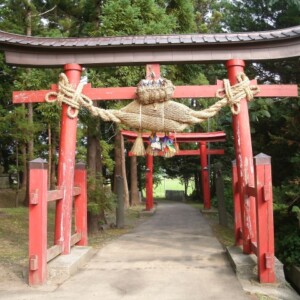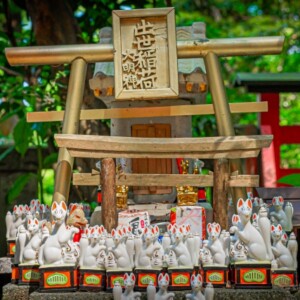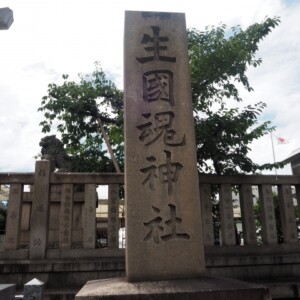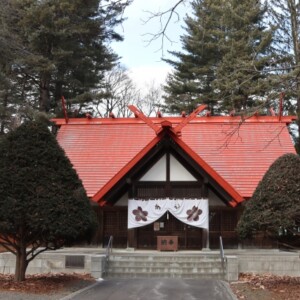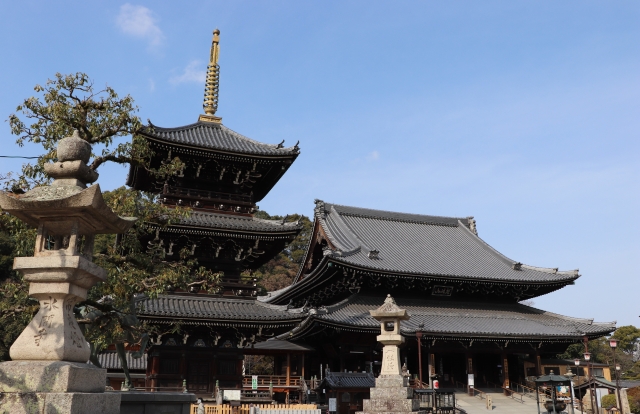
Mizuma-dera Temple|An in-depth explanation of the charms, highlights, and visitation information of this historic and ancient temple
Mizuma Temple in Kaizuka City, Osaka Prefecture, is an ancient temple of the Tendai sect of Buddhism founded by Gyoki Bodhisattva at the behest of Emperor Shomu in the Nara period (710-794). Nicknamed “Mizuma Kannon,” the temple is known for its blessings to ward off bad luck and bring good fortune, and its beautiful three-story pagoda and rich natural surroundings welcome many worshippers.
Outline and basic information about Mizuma-dera Temple
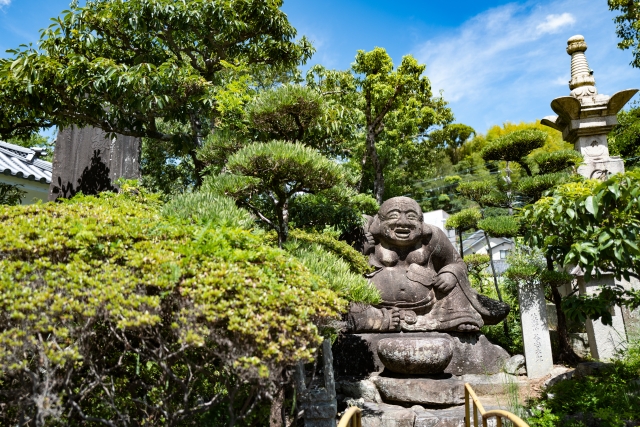
Mizuma-dera Temple, located in Mizuma, Kaizuka City, Osaka Prefecture, is a separate head temple of the Tendai sect of Buddhism, with the mountain name Ryuzan and the principal image of Sho-Kannon Bosatsu. Known by the common name of Mizuma Kannon, the temple is the fourth of the 33 temples in the New West Province, and is visited by many pilgrims. The temple and its surroundings have been selected as one of the 100 best places for greenery in Osaka, and it is well known as a famous temple with both historical value and natural beauty.
History and Origin
There is an interesting legend about the founding of Mizuma-dera Temple, which is related to Sho-Kannon Bosatsu (Bodhisattva of Mercy). When Emperor Shomu fell ill at the age of 42, he received an oracle from a dream that the Bodhisattva would appear in the southwest direction from the capital of Nara. The emperor ordered Gyoki, the most trusted Buddhist priest of the time, to search for the statue, and Gyoki continued to walk in the southwest direction until he arrived at this place in Mizuma.
It is said that an old man with white hair offered a statue of Buddha in his hands on a huge rock with beautiful water flowing through it, said, “I have been waiting for you for a long time,” and handed the statue to Gyoki. This Buddha was a 1.8 cm (6 cm) statue of the holy Avalokitesvara Bodhisattva Yambudagin, and when he offered it to the emperor, his illness was completely cured, and a hall was built there at the order of Emperor Shomu.
The name “Mizuma” refers to the confluence of the Chikagi River, which flows from Mt. The present buildings were reconstructed after the Edo period.
Sects and Teachings
As a separate head temple of the Tendai sect, Mizuma-ji is based on the teachings of the Tendai sect, of which Hieizan Enryaku-ji is the head temple. The Tendai sect, founded by Saicho in the early Heian period (794-1185), is one of the most important Buddhist sects in Japan and is characterized by a comprehensive Buddhist doctrine centered on the “Issyo” philosophy.
The main deity, Sho-Kannon Bosatsu, is a symbol of compassion and is believed to be especially beneficial for driving away bad luck, ensuring safety in the home, and preventing illness and misfortune. As a Buddha who hears the voices of sentient beings and delivers them from their suffering, Kannon Bosatsu has been a source of emotional support for many people since ancient times. At Mizuma-dera Temple, prayers for various wishes are offered daily in the main hall, and even today, many visitors come to the temple to seek peace of mind.
Highlights of Mizuma-dera Temple
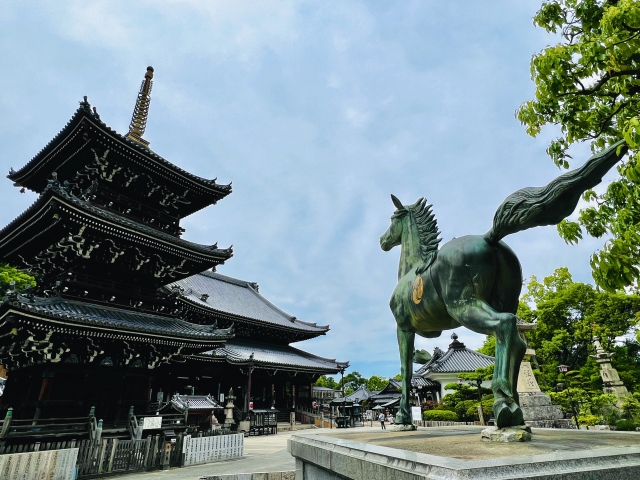
Mizuma-dera Temple is known for its beautiful precincts where historical buildings and rich nature are in harmony, deeply inspiring visitors. The scenery of majestic buildings reconstructed in the Edo period and the beauty of nature in each of the four seasons is the essence of Japanese temple culture.
Architectural and Structural Attractions
The main hall of Mizuma-dera Temple was rebuilt in 1811 by Oka Hashin, lord of the Kishiwada domain, and is designated as a Tangible Cultural Property of Kaizuka City. The imposing main hall is a beautiful structure that showcases the best of late-Edo period architectural techniques, and the main deity, Sho-Kannon Bosatsu, is enshrined inside.
Of particular note is the three-story pagoda, which was rebuilt in 1834 and is valuable as the only three-story pagoda in Osaka Prefecture built before the Meiji period. This three-story pagoda, made entirely of hinoki cypress, has the twelve Chinese zodiac signs vividly engraved on the first floor, testifying to the excellence of traditional Japanese wooden construction techniques. The pagoda’s well-proportioned and beautiful silhouette is loved by many visitors and photographers as a symbol of the precincts of the temple.
Other important buildings are located within the precincts of the temple, including the Gomado, the Sutra Repository, and the Aizen-do, each of which has a different role in the temple, forming a harmonious religious space. These buildings retain the architectural style of the Edo period, and are a valuable cultural heritage that conveys to the present day the high level of skill and aesthetic sense of the craftsmen of that time.
Beauty of Nature and Landscape
Mizuma-dera Temple, along with its surrounding area, has been selected as one of the 100 most beautiful green areas in Osaka, and is known as a temple blessed with a rich natural environment. Mizuma Park, a lush 5.4 hectare park behind Mizuma-dera Temple, is filled with 360 Someiyoshino cherry trees in full bloom in spring and illuminated at night for a nighttime cherry blossom viewing experience.
The precincts of the temple show beautiful natural changes throughout the four seasons. In spring, cherry blossoms color the temple grounds, in early summer, fresh greenery shines brightly, and in autumn, the approach from the temple gate to the main hall is beautifully colored with autumn leaves. In winter, the snow-covered buildings create a majestic atmosphere, allowing visitors to experience the changing of the seasons throughout the year.
The Yugokogawa River, which runs behind the temple grounds, contains a waterfall known as the “Waterfall of the Appearance of the Bodhisattva of the Holy Kannon,” which is associated with the legend of the temple’s founding. This waterfall is still a sacred place visited by many worshippers as a power spot, and the sound of the water and the quiet space surrounded by greenery give visitors a sense of a deep mountain valley, even though they are in an urban area.
Cultural Properties and Important Collections
Mizuma-dera Temple has many valuable cultural assets and collections, the historical value of which is immeasurable. The main hall and three-story pagoda are officially recognized as tangible cultural assets by the city of Kaizuka, and are protected as important cultural assets of the region.
The main deity, Sho-Kannon Bosatsu, is strictly guarded as an absolute secret and cannot be seen directly by the general public, but its presence is carefully protected as the spiritual center of the temple. The temple also houses valuable paintings depicting the auspiciousness of the temple, calligraphy and paintings left by successive abbots, and other items of great cultural value.
Of particular interest are the relics enshrined as “dragon fists,” which attract visitors’ attention as mysterious entities related to the legend of the temple’s founding. These cultural properties have been handed down to the present day as valuable materials that tell of the long history of Mizuma-dera Temple and its deep ties with the local people.
Guide to Worship and Visiting the Temple
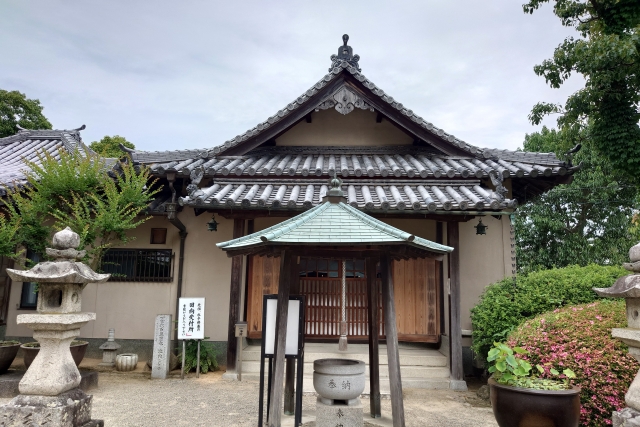
Mizuma-dera Temple is well known to many people as the Kannon for warding off evil spirits, and many visitors come to the temple every day to seek peace of mind. It is important to understand the proper etiquette when visiting the temple, and to be prepared for the sacredness of the temple.
Worship Etiquette and Etiquette for Worship
The first thing to do when visiting Mizuma-dera Temple is to bow before passing through the temple gate. Once inside the temple grounds, purify your hands and mouth at the hand- and mouth-cleansing booth, and purify your body and mind before proceeding to the main hall. In the main hall, silently join your palms in prayer and express your gratitude for the blessings you have received and the wishes you have made.
Prayers to the main deity, Sho-Kannon Bosatsu, are offered daily throughout the year at Mizuma-ji Temple, and prayers for good luck, family safety, and health are accepted for a variety of wishes. Prayers in the gomado hall enshrining Fudo Myoo are offered on the 18th of every month. Those who wish to pray are requested to apply in advance at the reception desk and attend the designated time.
Please walk quietly on the temple grounds and be considerate of other visitors. Photography is generally allowed, but please be considerate of the interior of the main hall and other visitors. It is advisable to put cell phones on silent mode and refrain from talking on the temple grounds.
Annual and Seasonal Events
On January 2 and 3 each year, Mizuma-dera Temple holds its only traditional event, the “Senbon Mochitsuki” (rice cake pounding). The origin of this event is said to date back to the time when 16 children made offerings by pounding rice cakes with wooden sticks to celebrate the appearance of the principal image of the temple. Young men dressed in happi (happi) and hakama (straw hat) pound rice cakes while shouting vigorously, and the cakes are served to visitors in a rice-cake making ceremony.
The rice cakes are then served to visitors in mochi-maki (rice cake pounding) ceremonies. The shrine is especially crowded with visitors during the cherry blossom season in spring, when visitors can enjoy the beautiful scenery of cherry blossoms and historic buildings in harmony.
On the 18th day of every month, a gomakuyō (a memorial service) is held in the gomado hall, where special prayers to Fudo Myoo can be offered. On this day in particular, many believers gather for a solemn prayer time with the flames of the goma.
Suima-dera Temple, which shows various faces as the seasons change throughout the year, is a place that offers new discoveries and impressions any time you visit. The cherry blossoms in spring, the fresh greenery in early summer, and the autumn leaves in fall are especially beautiful, attracting many visitors and tourists to enjoy the beauty of nature.
Red Seal and Good Luck Charm Information
At Mizuma-dera Temple, visitors can obtain a red seal as the fourth temple of the New Saigoku Sanjusanjo (33 temples in the western part of Japan). The red seal has an important meaning as a proof of visit to the temple and as a record of the pilgrimage to the sacred sites. To receive a red seal, please bring your own red seal book and apply for it at the Nokyoisho (sutra recitation hall) after completing your visit to the main hall.
Known as the Kannon for protection against bad luck, Mizuma-dera Temple offers a number of charms related to protection against bad luck and good fortune. Especially popular are amulets that offer the blessings of Sei-Kannon Bosatsu (Bodhisattva of Mercy) for those who are in a bad luck year or are approaching a milestone in their lives. There is also a wide selection of amulets that offer protection in various aspects of daily life, such as family safety, good health, and traffic safety.
Aizendo enshrines Aizenmyoo, the Buddha of matchmaking, and is known for the “Onatsu Seijuro Legend” as a power spot for good marriages and matchmaking, and is visited by young women and couples from all over Japan. Special Aizenmyoo amulets are available for those who wish for a matchmaking ceremony and romantic fulfillment.
The amulets and talismans are to be worn in daily life or enshrined in one’s home to receive the blessings of the Buddha. It is important to treat them with care and spend time with gratitude.
Access and Use Information
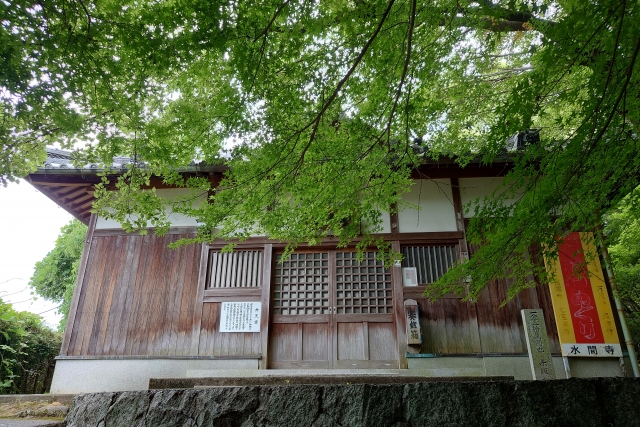
Mizuma-dera Temple is conveniently located about 30 minutes from Osaka City, yet maintains a tranquil environment surrounded by rich nature. The temple is easily accessible by public transportation, and parking is available for visitors by car.
Access by Public Transportation
To get to Mizuma-dera Temple, transfer to the Mizuma Railway from Kaizuka Station on the Nankai Railway Main Line, get off at the last stop, Mizuma-Kannon Station, and walk about 7 minutes. The Mizuma Railway is a historic railroad that opened in 1925 for pilgrims to Mizuma-dera Temple, and a short train ride with a view of the peaceful countryside is one of the pleasures of visiting the temple.
The Mizuma Kannon Station structure was the first station to be certified as one of the 100 best stations in the Kinki region, and the retro atmosphere of the station building is loved by many railroad fans. The path from the station to the temple retains the atmosphere of an old-fashioned approach, allowing visitors to calm their minds and prepare for worship as they walk.
If coming by car, the temple is about 15 minutes from the Kaizuka IC of the Hanwa Expressway or about 30 minutes from Kansai International Airport. The route is relatively easy to find, accessible via National Route 170 (Outer Ring Road) or a prefectural road.
Recently, in reference to the 16 children who led Gyoki Bosatsu to the “Descending Waterfall” where the statue of the Holy Kannon awaits, a pair of pottery “Yaku-yoke (evil-doing) 16 children and side guides” have been installed at 16 locations along the “Yaku-yoke Road” starting from Mizuma Railway Seiji Station and ending at the “Mizuma Temple precincts”, providing a new attraction for visitors to the temple.
<Address> 638 Mizuma, Kaizuka City, Osaka Prefecture, 597-0101, Japan
Hours of Admission, Fees and Parking Information
The precincts of Mizuma-dera Temple are free to visit, and the main hall is open from 7:30 am to 4:00 pm. There is no admission fee to the temple grounds, and anyone is free to visit the temple. However, special memorial services and prayers require an additional fee, so please inquire with the temple in advance.
For those who wish to pray, the temple can accommodate a variety of wishes, such as to pray for good luck, family safety, health, traffic safety, academic success, etc. It is recommended to check the fees and times in advance. It is also important to check for new information as prayer times may change due to events being held.
Free parking is available on the grounds of the temple, and regular cars can park there without any problem. However, since crowding is expected during New Year’s, cherry blossom season, and major memorial services, we recommend using public transportation whenever possible.
Visitors are advised to wear comfortable clothing and wear comfortable shoes, especially if they plan to walk around the temple grounds or stop by Mizuma Park. Please also wear appropriate clothing as the temperature in the precincts changes with the seasons.
Reference sites
Ryukokuzan Suima Temple official website: https://mizumadera.or.jp/
Kaizuka City official website, Mizuma-dera Temple: https://www.city.kaizuka.lg.jp/kanko/rekishi/mizumadera.html



